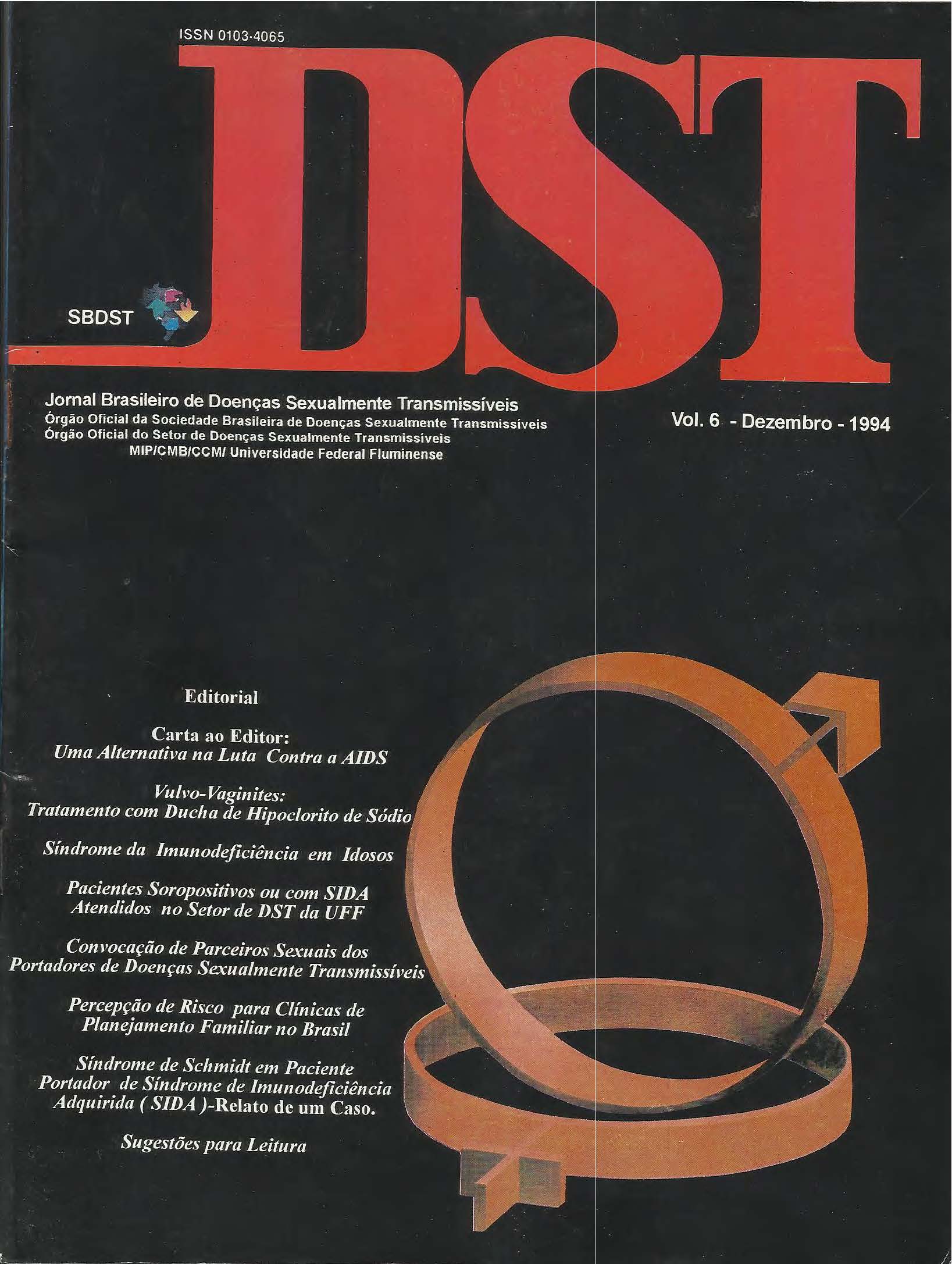Percepção de risco para HIV em clínicas de planejamento familiar no Brasil
Abstract
Objective As family planning programs consider including STD and HIV prevention and services, an important issue is how to identify women in need of these services. Methods ln 1992 BEMF AM clinics in Olinda and Rio de Janeiro tested two techniques to assess their clients' risk of HIV infection. The first was a checklist of seven risk factors. The second consisted ofthe open-ended question "After ali we have talked about today, do you think. you are at risk fHIV infection?" Results According to the checklist, 36% and 38% ofthe women were considered at risk in Olinda and Rio. Reported risk fctors include genital lesions, anal intercourse, and male partners with multiple sexual partners; only anal intercourse varied by city. The o nended question elicited 42% at risk in Olinda and 68% in Rio. By controlling for age, education, marital status, residenced frequency of condom use, residence in Rio and higher educatton significantly increased the odds of a woman perceiving herself at risk. Conclusions These results indicate that many FP clients perceive themselves at risk of HIV and that programs can assist them to assess risk and encourage risk reduction behaviors.












